Large Touch Screens
MetroClick’s large format touchscreen displays deliver powerful interactive experiences for high-traffic commercial environments, combining responsive multi-touch technology with industrial-grade durability to create engaging digital interfaces for retail, hospitality, corporate, and public spaces across 32″, 43″, and 55″ screen sizes.
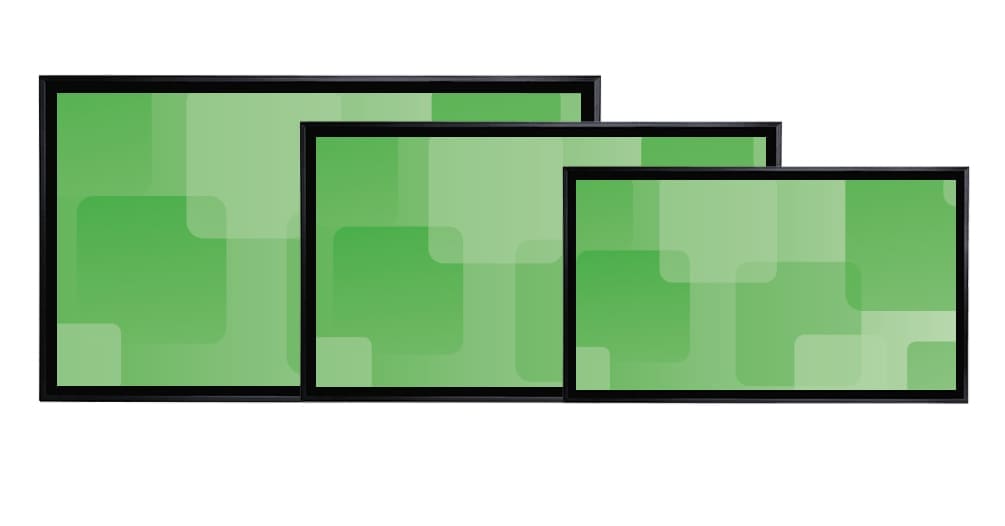
Our Large Touch Screens
32″ Capacitive Touch PC
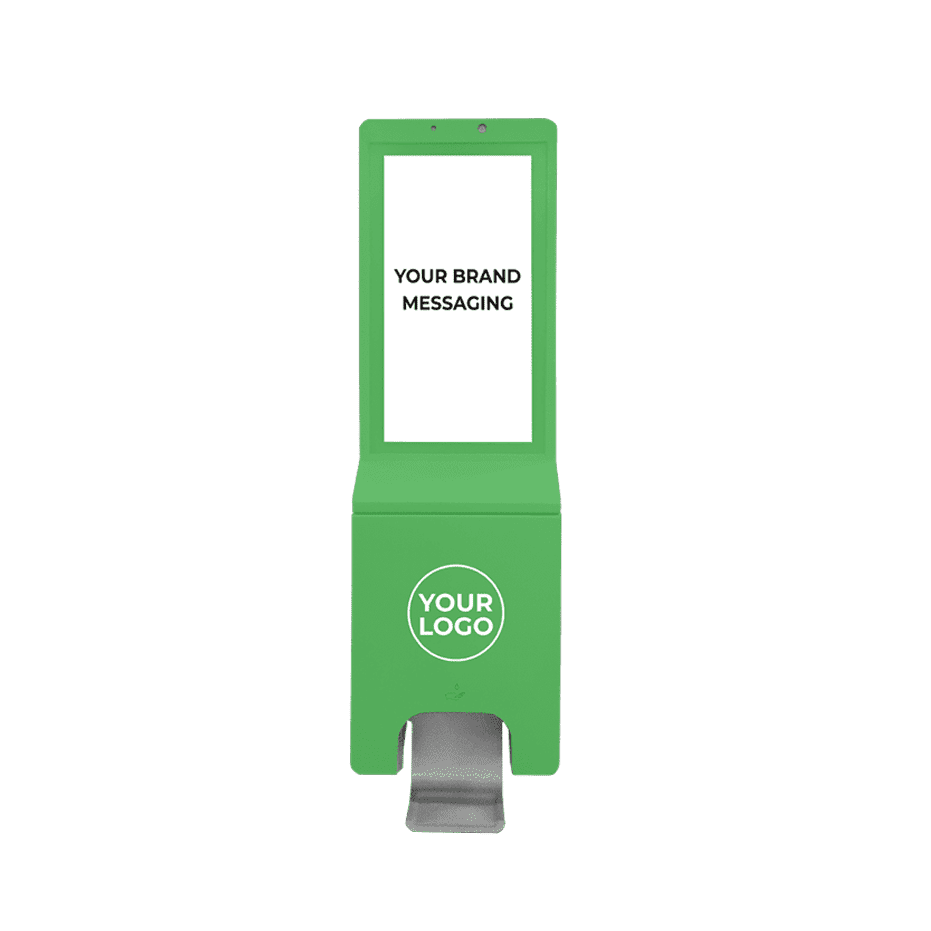
43″ Capacitive Touch PC
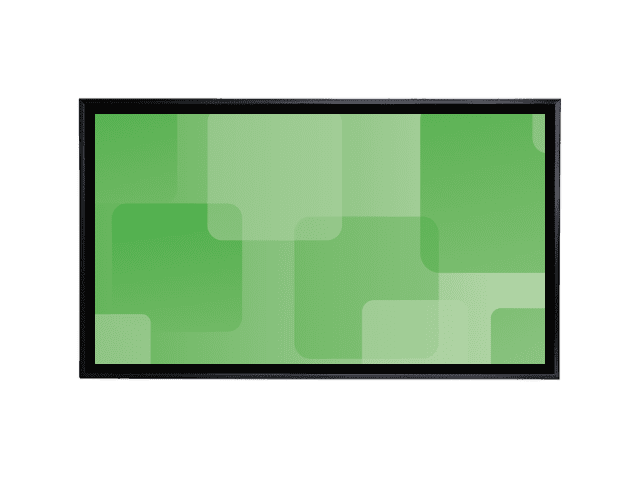
55″ Capacitive Touch PC
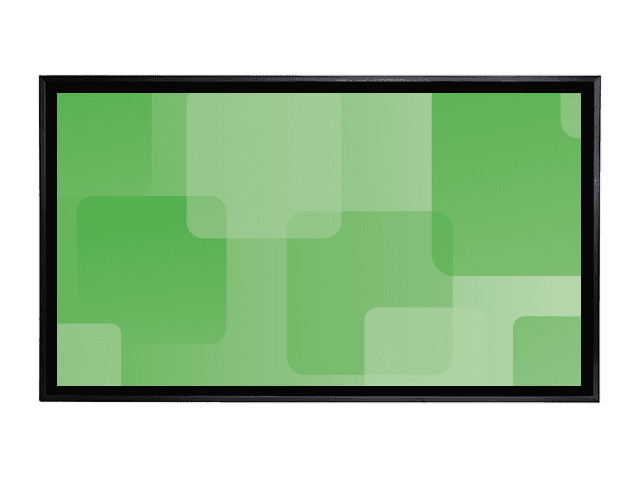
Trusted by industry leaders to power better customer experiences
Discover the versatility built into each product
Built for Every Environment
Trust in ruggedized, rated, reliable and robust devices of all shapes and sizes that perform flawlessly indoors or out.
Engage and Inform
Guide users through effortless, self-driven, interactive experiences or stream advertisements and promotions 24/7 on optically bonded, enhanced viewing touch screens.
Modular in Design
Easily configure, connect and scale devices to suit different locations, functions and use cases, while streamlining maintenance, serviceability and operational expenses.
Unapologetically Authentic
Fit any space with aesthetics and branding that drives emotional resonance and authentic connections to your true brand.
Other hardware options
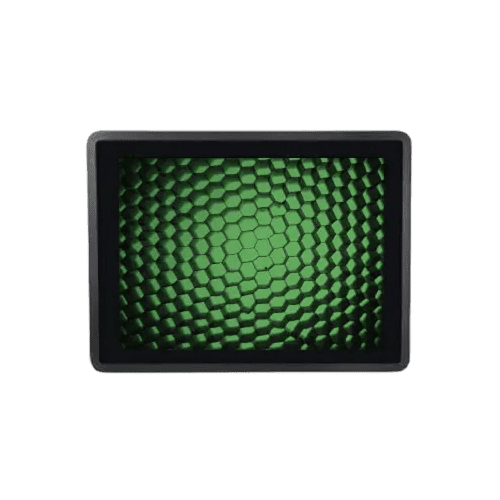
Small Format Kiosks
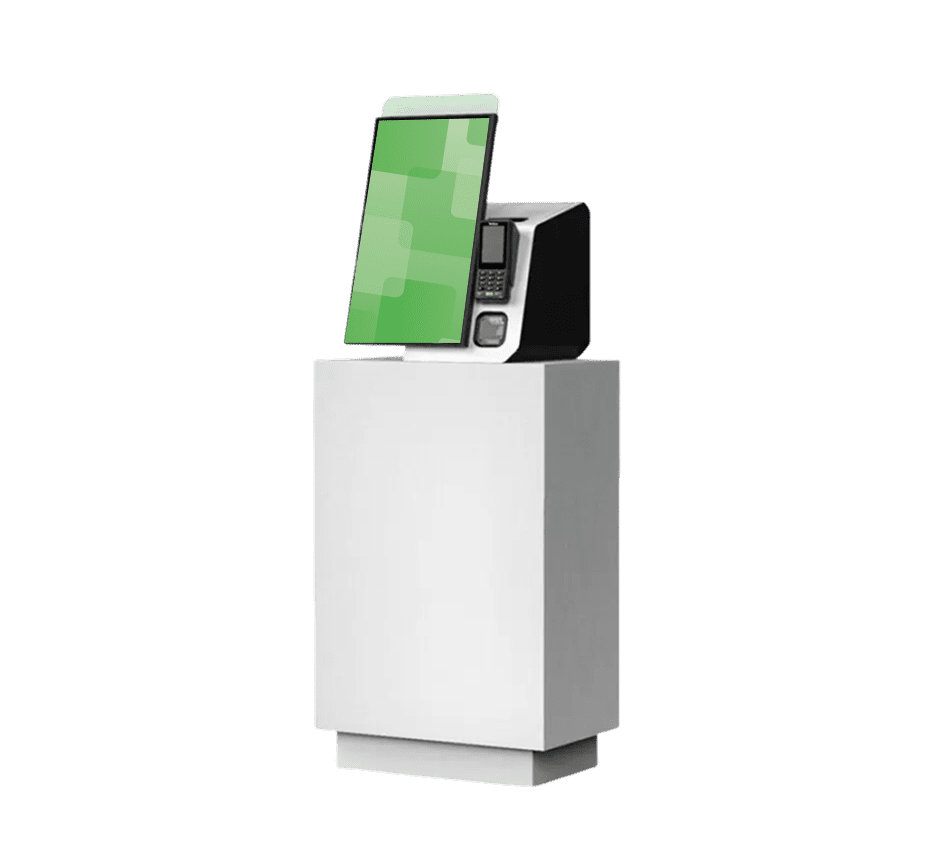
Transactional Kiosks
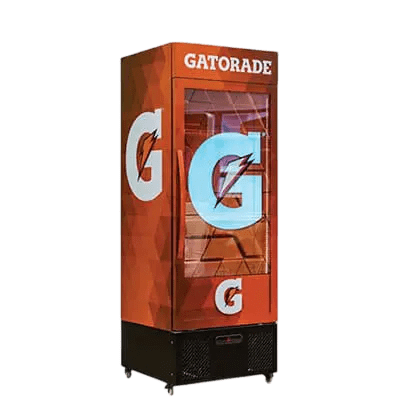
Immersive Kiosks
More Information
Touch Screen Display Technology Fundamentals
Touch screen display technology has evolved from a novelty to an essential business tool, transforming how organizations interact with customers, employees, and data. MetroClick specializes in commercial-grade touch displays that combine sophisticated sensing technologies with durable construction suitable for continuous public use. Understanding the touch screen technology landscape helps businesses select appropriate solutions that match their specific operational requirements and customer engagement goals.
The core technologies powering modern touch displays include capacitive, resistive, infrared, and surface acoustic wave systems, each offering distinct advantages for different applications. Capacitive technology, similar to smartphone screens, provides exceptional responsiveness and supports multi-touch gestures essential for intuitive user experiences. Infrared systems excel in large-format applications where traditional touch technologies become cost-prohibitive, while maintaining accuracy across expansive display surfaces. This technological diversity ensures suitable solutions exist for every business need, from compact point-of-sale terminals to expansive video walls commanding entire retail spaces.
Commercial Applications Across Industries
Retail Environment Integration
Retail businesses leverage touch screen displays to create immersive shopping experiences that bridge online and physical commerce. Interactive glass displays transform storefronts into 24/7 engagement platforms, allowing window shoppers to browse inventory, check availability, and even complete purchases after hours. Inside stores, touch displays serve multiple functions, from product information kiosks to interactive catalogs showcasing extended inventory beyond physical shelf constraints.
The integration of touch technology into retail environments extends beyond customer-facing applications. Inventory management systems utilizing touch interfaces enable staff to update stock levels, process orders, and access training materials efficiently. This dual-purpose approach maximizes technology investments while ensuring consistent experiences across customer and employee touchpoints.
Corporate and Enterprise Deployments
Corporate environments embrace large-format touch displays for collaborative workspaces, executive briefing centers, and visitor engagement areas. Conference rooms equipped with touch-enabled displays facilitate dynamic presentations where multiple participants interact with content simultaneously. This collaborative capability transforms traditional meetings into productive working sessions where ideas develop through direct manipulation of digital content rather than passive viewing.
Reception areas utilize touch displays for visitor management, interactive directories, wayfinding solutions, and corporate communications. These installations create professional first impressions while streamlining administrative processes. The ability to update content instantly ensures messaging remains current, whether displaying company achievements, safety protocols, or welcome messages for specific visitors.
Size Considerations and Display Selection
Large Format Display Advantages
Large touch screen computer monitors can dramatically revolutionize your business by enabling applications impossible on smaller screens. Display sizes ranging from 55 to 98 inches create commanding presences suitable for high-traffic areas where visibility from a distance proves critical. These expansive canvases accommodate complex information hierarchies, detailed visualizations, and multi-user interactions without crowding or confusion.
Understanding Important factors to know about large-format touch screen systems helps organizations make informed decisions about display sizing. Viewing distances, ambient lighting conditions, and content complexity all influence optimal screen size selection. Larger displays require careful consideration of mounting structures, power requirements, and maintenance accessibility, factors that significantly impact total ownership costs beyond initial purchase prices.
Mid-Size Display Applications
Mid-range displays balance visibility with space efficiency. These versatile sizes suit diverse applications from digital menu boards to interactive workstations. The 42-inch form factor particularly excels in environments where users interact at arm’s length, providing ample screen real estate without overwhelming spatial constraints.
Professional services firms utilize mid-size touch displays for client presentations, data visualization, and collaborative planning sessions. Healthcare facilities deploy these displays for patient education with interactive whiteboards, wayfinding, and clinical workflows. The manageable size enables flexible mounting options, including mobile stands, wall brackets, and integrated furniture solutions. This adaptability ensures optimal positioning for various use cases without major architectural modifications.
Technical Implementation and Integration
Infrastructure Requirements
Successful touch display deployments require careful attention to supporting infrastructure beyond the displays themselves. Network connectivity enables content management, remote monitoring, and integration with business systems. Power infrastructure must accommodate display requirements, plus any integrated components like payment readers or printers. Environmental controls maintain optimal operating temperatures, particularly critical for enclosed installations or high-brightness displays generating significant heat.
Cable management systems preserve aesthetic appeal while protecting connections from damage or tampering. Professional installations incorporate service loops facilitating future maintenance without complete dismounting. Ventilation strategies prevent heat buildup that could damage components or create uncomfortable environments for users. These infrastructure considerations significantly impact long-term reliability and user satisfaction.
Content Management Strategies
Effective content management transforms touch displays from static information points into dynamic communication platforms. Cloud-based content management systems enable centralized control over distributed display networks, ensuring consistent messaging while allowing location-specific customization. Scheduling capabilities automate content changes based on time of day, day of week, or special events, maximizing relevance without constant manual intervention.
A comprehensive marketing strategy incorporates touch displays as integral components rather than isolated tools. Analytics capabilities track user interactions, popular content, and conversion metrics, providing insights for continuous optimization. A/B testing functionality enables data-driven decisions about content effectiveness. Integration with customer relationship management systems personalizes experiences based on user profiles or loyalty program participation.
Future-Proofing Display Investments
Organizations investing in touch screen display technology must consider an evolutionary path, ensuring continued relevance as technologies advance. Modular designs enable component upgrades without complete system replacement, protecting initial investments while incorporating emerging capabilities. Software platforms supporting regular updates introduce new features and security enhancements throughout deployment lifecycles.
Emerging technologies, like interactive touch screen kiosks, include gesture recognition, voice control, and artificial intelligence integration, expanding interaction possibilities beyond traditional touch. Displays capable of accepting these enhancement modules position organizations to adopt innovations as they mature. Environmental sustainability considerations influence purchasing decisions, with energy-efficient displays and recyclable components reducing long-term ecological impact while potentially qualifying for green building certifications.
MetroClick’s comprehensive touch screen display solutions address diverse business needs through carefully selected technologies, professional implementation, and ongoing support. Our expertise spans initial consultation through long-term optimization, ensuring clients maximize their display technology investments. Contact our display specialists to explore how touch screen technology can transform your customer engagement strategies and operational efficiency.
















